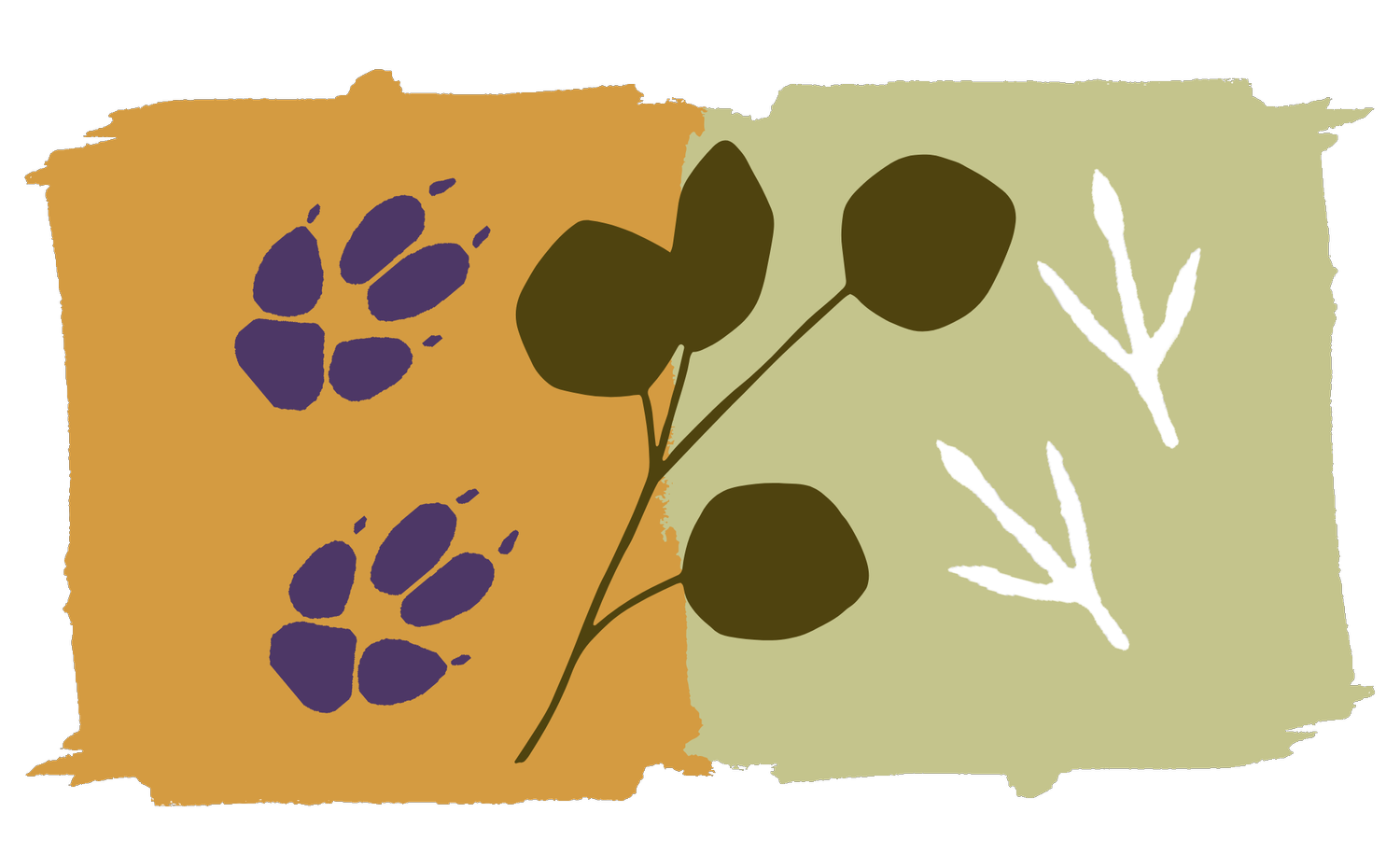
Eastern quoll
Reintroduction biology
Tactics and an adaptive management framework were employed to enhance the success of reintroducing endangered eastern quolls into Mulligans Flat Woodland Sanctuary. Three successive trials were conducted to investigate the impact of various tactics on the survival and post-release dispersal of these quolls. The first trial had a lower survival rate (28.6%) compared to the second (76.9%) and third trials (87.5%).
Tactics were adjusted in the later trials, such as releasing only female founders to reduce male mortality and conducting post-mating releases to minimize stress. It was also observed that quolls moving dens between consecutive nights were less likely to survive, highlighting the importance of reducing post-release dispersal to increase survival probability. This study demonstrates that through iterative trials, adaptive management involving monitoring and learning can significantly improve the success of reintroduction programs.
Diet
Trophic rewilding, the reintroduction of predators to ecosystems, is increasingly part of ecosystem restorations but there can be unexpected consequences as species alter their diets to the local conditions and available prey. We analysed the DNA contained within scats to investigate the diet of eastern quolls reintroduced into Mulligans Flat Woodland Sanctuary to understand their potential impacts. Our results indicate a variable diet consisting not only of invertebrates and small vertebrates but also larger species, including macropods. These large species suggest the quolls are scavenging, exploiting a novel niche that is filled by other species in the source populations in Tasmania.
Conservation Genetics
In the six years since its reintroduction to Mulligans Flat, this little carnivore has already made generous contributions to our knowledge bank when it comes to trends in genetic diversity.
Thorough, long-term monitoring has allowed us to recreate the family tree of the population in Mulligans Flat using genomic sequencing. We are using this information to investigate the species’ breeding biology, and will hopefully be able to determine whether there are key traits impacting reproductive success within their reintroduction site.
Our goal is to discover how reintroduction tactics can be adapted for the genetic diversity of this population, and perhaps for the genetic diversity of other species that are reintroduced to a site similar to the Mulligans Flat-Goorooyarroo Woodland Experiment.




